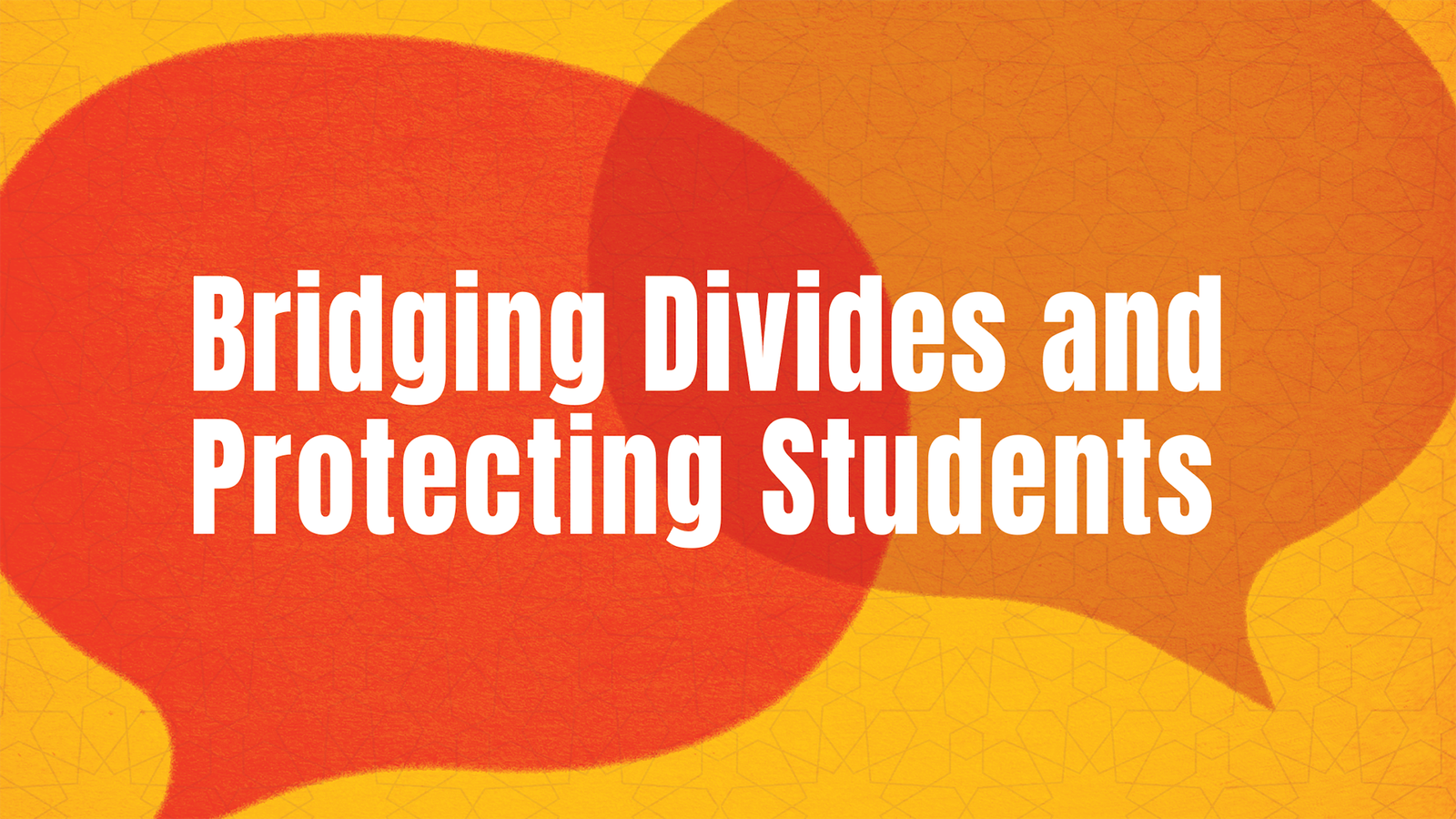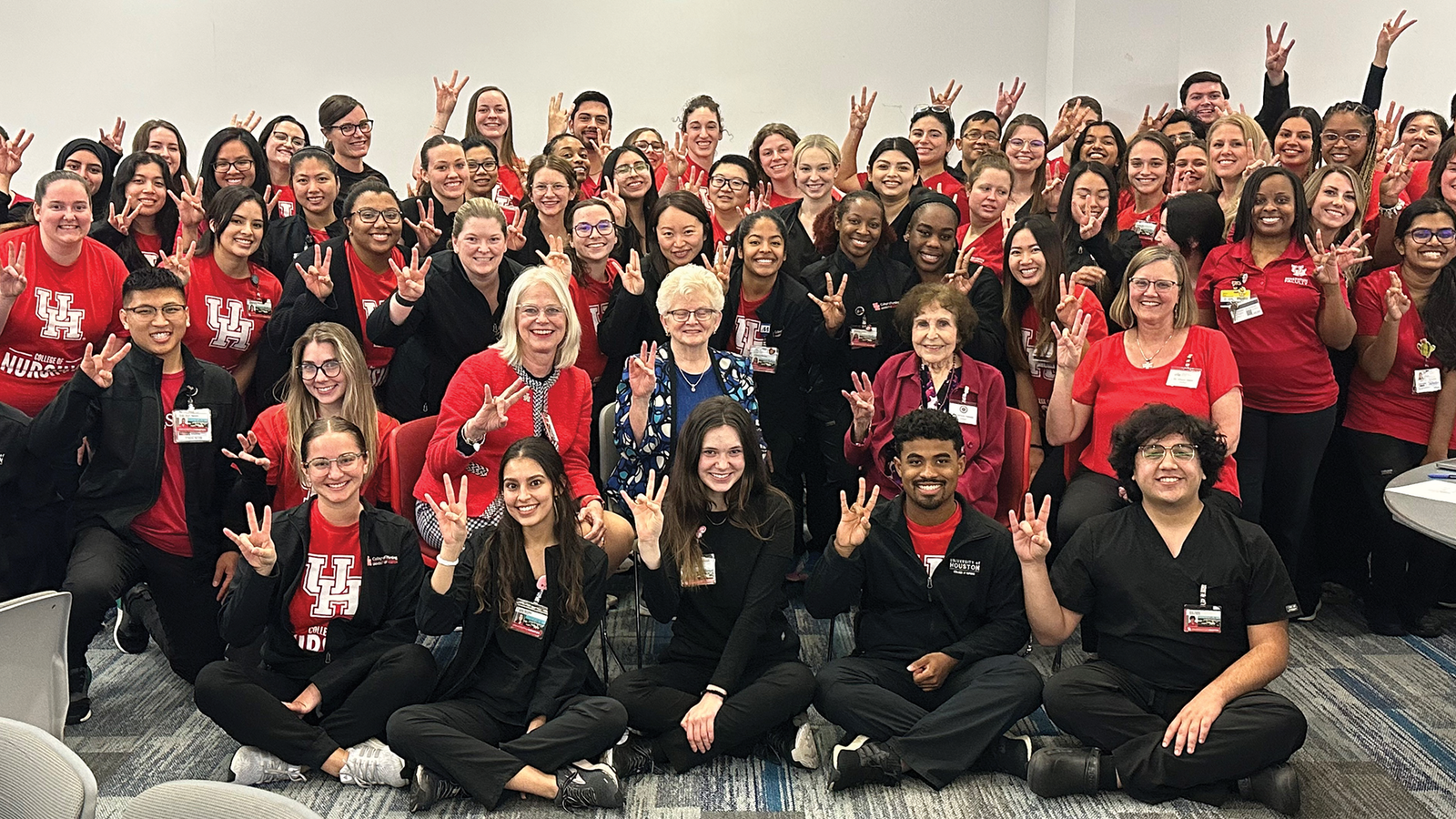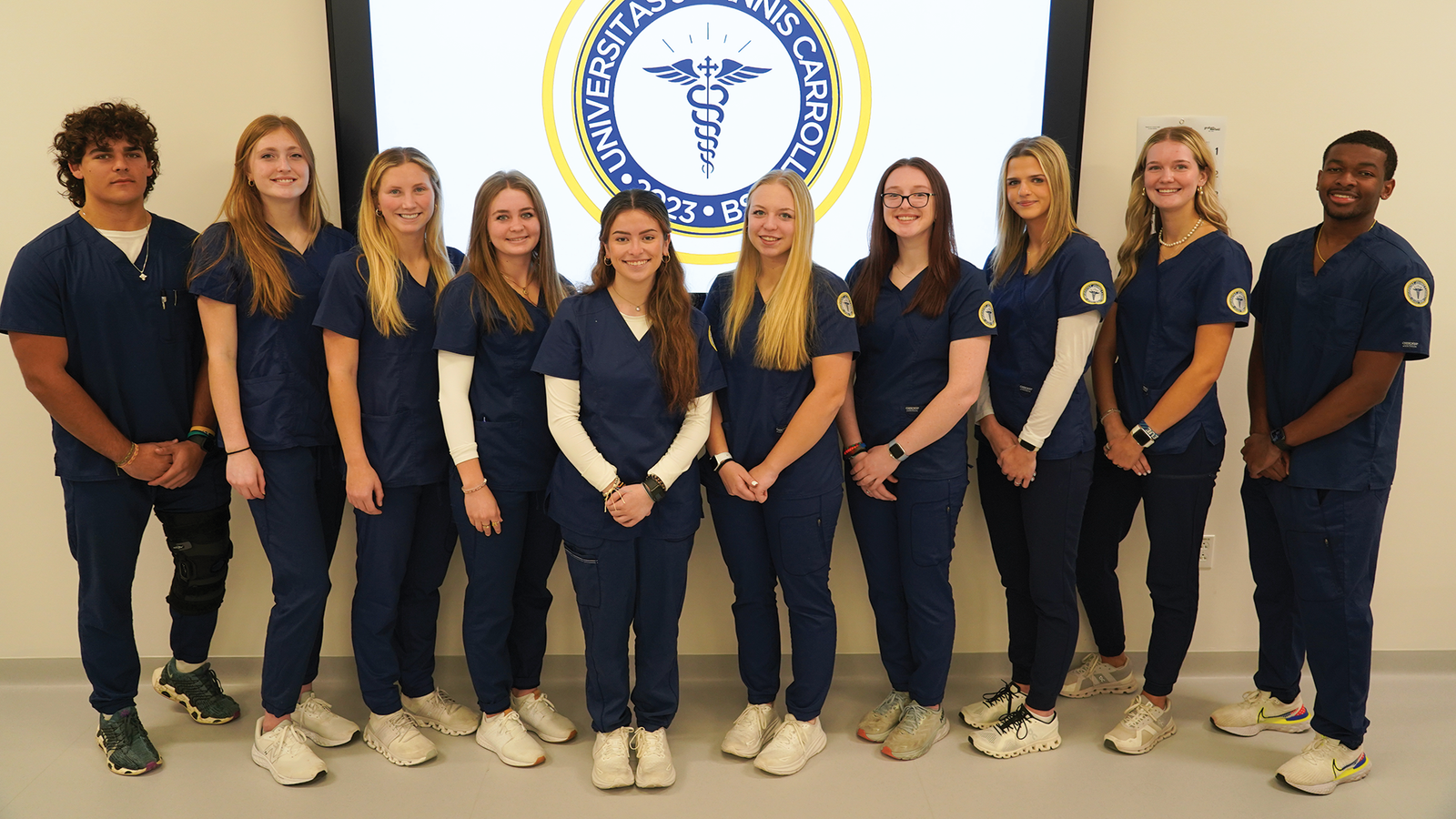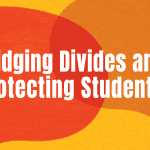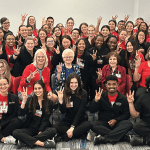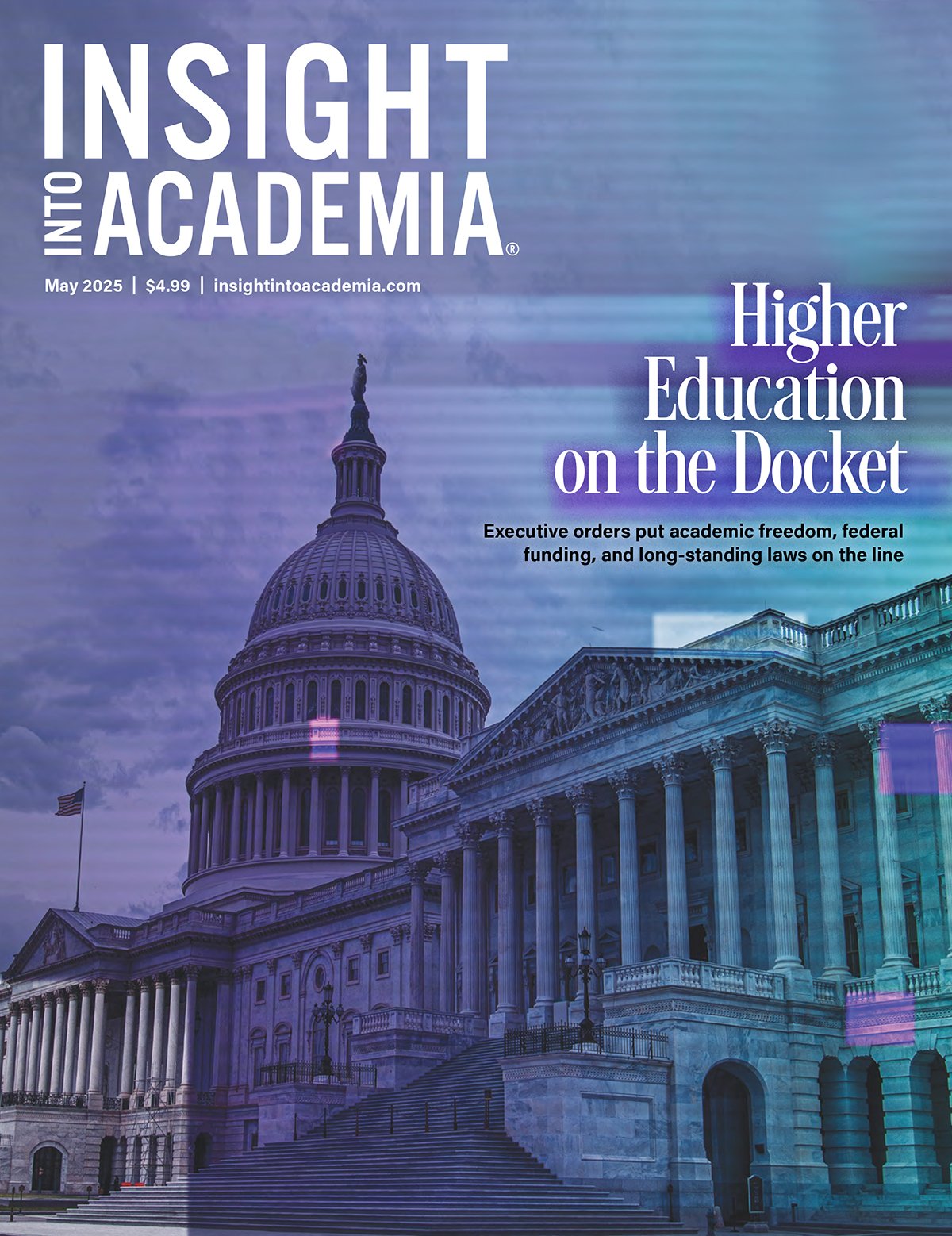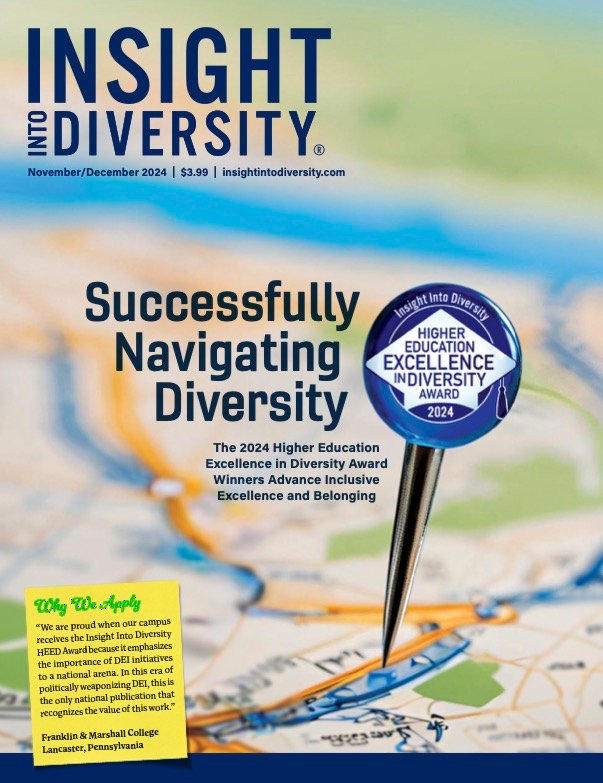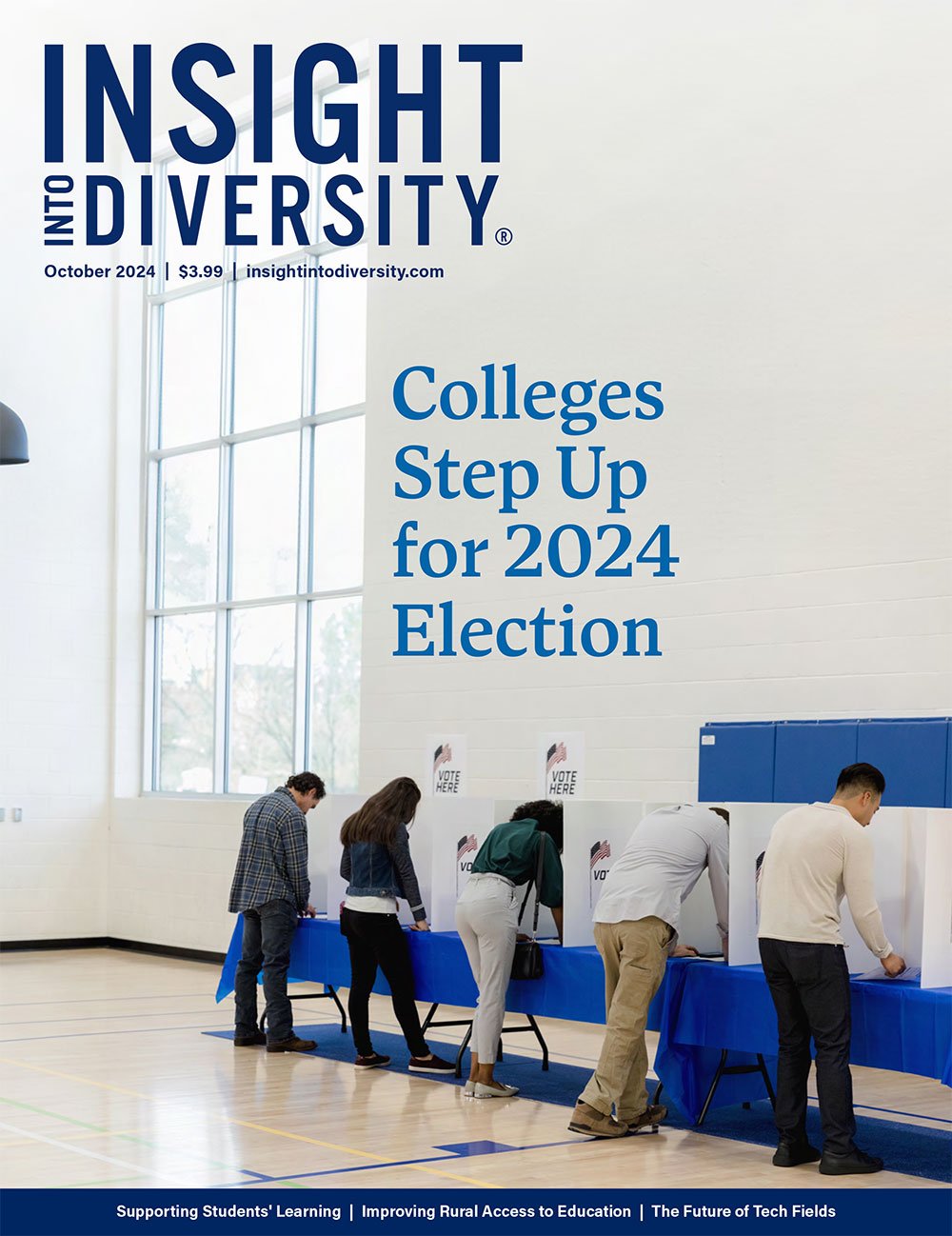The number of international students entering United States colleges and universities fell 6.6 percent in the 2017-2018 academic year compared with the previous year’s numbers, according to a survey by the Institute of International Education. This decline continues a trend that began four years ago.
[Above: Ghina Chabayta, left, and her sister, Ward Chabayta, both from Lebanon, arrive for Iowa State University fall commencement ceremonies Saturday, Dec. 19, 2015, at Hilton Coliseum in Ames, Ia. (Christopher Gannon/Iowa State University)]
Although international students contributed more than $39 billion to the U.S. economy through tuition and living expenses in the 2017-2018 academic year, according to the Association of International Educators, “the real value of students from other countries is the diversity of thought, culture, and innovation they bring to campus,” says Martyn J. Miller, PhD, assistant vice president for International Programs in the Office of International Affairs at Temple University.
His university has experienced the same downturn as other schools with total international undergraduate enrollment for the 2018-2019 academic year 5 percent lower than that of the previous year. Miller attributes the drop to a reduction in new freshmen applications and transfer admissions as opposed to students returning to their home country.
While enrollment can vary depending on the economic and social environment in any given country, U.S. institutions find they are having to make it clear to international students that they are welcome, Miller says.

“On our recruiting trips, we remind students and parents that what they hear in the media about safety of international students in the U.S. is exaggerated,” Miller says. “We also emphasize the international organizations and resources we have on campus to support students from other countries.”
Temple has a long-standing tradition of ensuring students from abroad are invited to the homes of faculty, staff, or other students to celebrate Thanksgiving. In 2016, with U.S. immigration issues causing concern, Temple’s Thanksgiving message associated with the holiday event was, “You are welcome here.” It became a hashtag used by an international educational organization that adopted the phrase for a video designed to encourage students to apply to U.S. schools.
Temple now manages the official website and social media platforms for the movement, which includes 350 colleges, 70 international education companies and organizations, and 20 high schools who use it at events and in communications, according to Miller.
The #YouAreWelcomeHere movement has now become an organized effort with Temple leading the way, Miller says. “We have a website with information about participating organizations, a toolkit with posters and stickers in different languages, and other resources that help spread the message that our institutions are diverse, friendly, safe, and committed to student development,” Miller says.
Beginning in Fall 2019, 56 participating U.S. colleges and universities will each offer two renewable annual scholarships that cover a minimum of 50 percent tuition to select international undergraduates. “The scholarships were added when participating schools decided that it was important to demonstrate commitment to bridging intercultural divides with more than just a message,” Miller says. Applications and a list of participating colleges and universities can be found at YouAreWelcomeHereUSA.org.

Like Temple University, Iowa State University (ISU) has experienced a decrease in new enrollment of international students. In 2016-2017, there were 334 international first-years, in 2017-2018 the number dropped to 232, and in 2018-2019 there are only 165 enrolled, says Katharine Johnson Suski, director of admissions. Reasons for the decline include difficulty getting visas, fears of racism, financial concerns, and an increasingly conservative political trend in Iowa, she says. The combination of these concerns and the number of universities worldwide ramping up their international recruitment efforts increases the competition for a shrinking number of students who want to come to the U.S., according to Suski.
ISU’s international recruitment program has expanded with more trips to targeted countries and more recruiters. “We have two recruiters who are fluent in Mandarin and Spanish, but we send a team of up to 11 people who represent different academic areas as well as our International and Student Scholars Office,” Suski says. In 2018, the team visited five cities in China. This year they will go back, and will visit four cities in India and one in Korea.
Alumni play an important role in each of the visits, Suski says. They are invited to the luncheons, panel discussions, and informal meetings with parents and potential students to give their firsthand perspective on attending ISU. “Young alumni are very effective at communicating with parents and reassuring them that Iowa is a good place for their children,” she adds.
The university has also changed its new student orientation for international students. Because more parents were attending the session, a parent-focused program now runs concurrently with the student program to address parents’ need for information.
American University (AU) in Washington, D.C., is in a different position than most colleges and universities. The numbers of international students seeking undergraduate or non-degree certifications has steadily increased over the past three years from 1,462 in 2016-2017 to 1,837 this year.
Fanta Aw, PhD, vice president for Campus Life and Inclusive Excellence at AU, points to the school’s longstanding reputation in the international community and the wide network of alumni in Asia, the Middle East, Latin America, and Europe as reasons for their continued growth when other universities are experiencing a downturn.
 When talking with potential students and parents, campus representatives stress the unique approach that combines theoretical study and experiential learning in all degree programs, Aw says. “Our job placement rate after graduation, which is enhanced by alumni around the world, is another way that we show the value of attending our university.”
When talking with potential students and parents, campus representatives stress the unique approach that combines theoretical study and experiential learning in all degree programs, Aw says. “Our job placement rate after graduation, which is enhanced by alumni around the world, is another way that we show the value of attending our university.”
There is a difference in encouraging students to apply and converting acceptance into enrollment, Aw says. “We return to regions that have a large number of acceptances to meet with students and parents again as they are making their decisions,” she says. “Alumni attend these events as well to build relationships with the families and answer questions.”
Aw says alumni are critical to recruiters’ understanding of cultural differences that must be addressed in questions about housing, the social environment, classroom structure, and transportation. “We need to talk specifically about what is included in an apartment lease rather than assume they know because leases are different in Zimbabwe or Australia.”
Careful attention to cultural differences in all communications — face-to-face, social media, email, or written correspondence — is an important part of AU’s success, Aw says. “You must review marketing materials carefully and be mindful of cross-cultural differences in what students are looking for in a U.S. education and how they find the information.”
Suski also suggests university recruiters think beyond the most obvious issues for international students such as visas, travel, language, and cultural differences. “One of the concerns we discovered had nothing to do with academics or visas. Instead, they are worried about our weather, especially students who have never seen snow,” she says. “We now know to reassure them that our buildings are heated, and we make sure they have appropriate winter clothing with a shopping trip.”
As school recruiters pay more attention to the message they provide, it is also important to evaluate their methods for communicating, Suski says. “Everyone uses social media and email to share information and although that is an effective way to communicate with potential students, we want to stand out from the crowd,” she says. “We also send a letter, and we’re surprised that when we meet them for the first time, they all remember the letter.” It is this type of extra effort, she says, that is necessary to “capture international students’ attention and attract them to our university.”
Sheryl S. Jackson is a contributing writer to INSIGHT Into Diversity. This article ran in our March 2019 issue.



